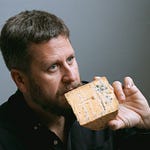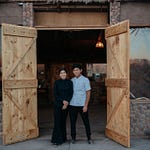Natalia Burakowska is the founder of Terratela, which uses food loss and waste to create a line of sustainable clothing. She is using things like seaweed, corn husks, banana fibers and spoiled milk to create fibers that get transformed into clothing. She is trying to start a conversation within the fashion industry about transparency, in the entire line…
Listen to this episode with a 7-day free trial
Subscribe to New Worlder to listen to this post and get 7 days of free access to the full post archives.












